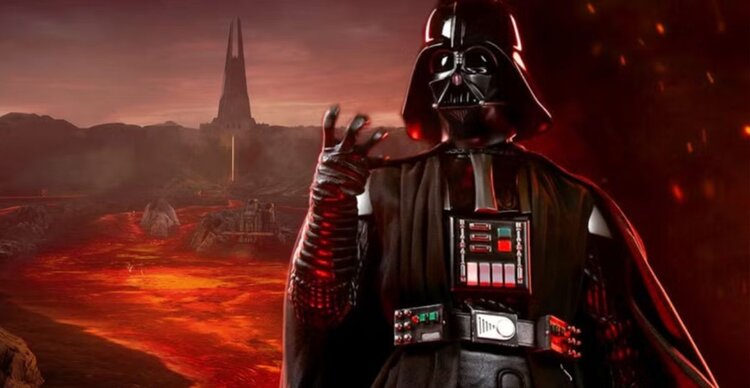Since 1977, we have been captivated by Vader and his imposing armor. We know about how his suit served to keep him alive and under Palpatine’s control, but perhaps not as much as about its protective features. Here we delve into every single piece of Vader’s armor with an emphasis on how each one protected him.
Vader’s Helmet and Protection
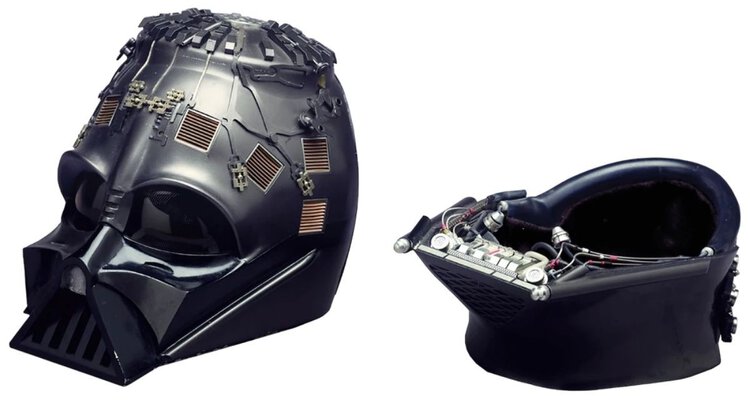
Appropriately, this video starts its analysis of Vader’s armor with his helmet. The helmet served to provide “respiratory support” through its breathing apparatus, working in conjunction with the suit’s life support system. Vader’s helmet also contained an “auditory sensor” to enhance his hearing after Mustafar’s flames damaged his ear canals. It also had a visual interface that offered features like night and infrared vision.
Yet, the helmet also provided the basic function of protecting Vader’s burned head. We can recall that the helmet was composed of contoured durasteel, obsidian, and plasteel, and possibly “further strengthened via dark side alchemy.” The helmet, in this respect, was designed for personalized protection.
This Star Wars Inside Intel article describes the helmet as “the most important part of his suit” because it went far beyond helping Vader breathe. Its neck gaiter, primary mask, and outer shell acted as the frontline defense for this Sith lord.
As we can see in this video (at 2:22), the neck gaiter in itself was crucial for protecting and supporting “Vader’s damaged neck.” This part of the helmet also contains feeding tubes that run down into the life support system.
Pectoral and Body Armor
Wookieepedia and Star Wars Intel also elaborate on Vader’s breastplate and plastoid girdle to protect his pectoral and abdominal regions. On his chest, the armor is made of durasteel, reaching outward to black shoulder pauldrons. The shoulder portion of the armor is estimated to weigh over 12 kg or 26.5 lbs–that’s hefty protection from blaster fire and lightsabers.
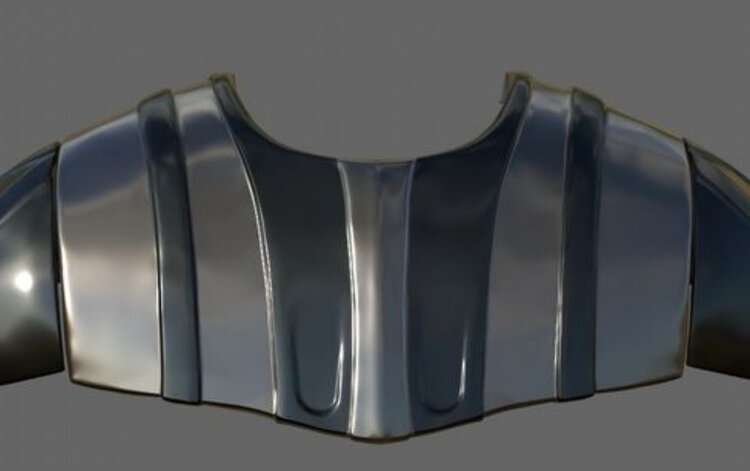
Vader’s life support system lay inside these protective layers. We discussed the importance of this system in our previous article about how Vader’s survival depended on it. Likewise, we addressed the significance of the chest control box in the center of his suit, including how it helps regulate breathing, control temperature, and keep Vader under Palpatine’s control.
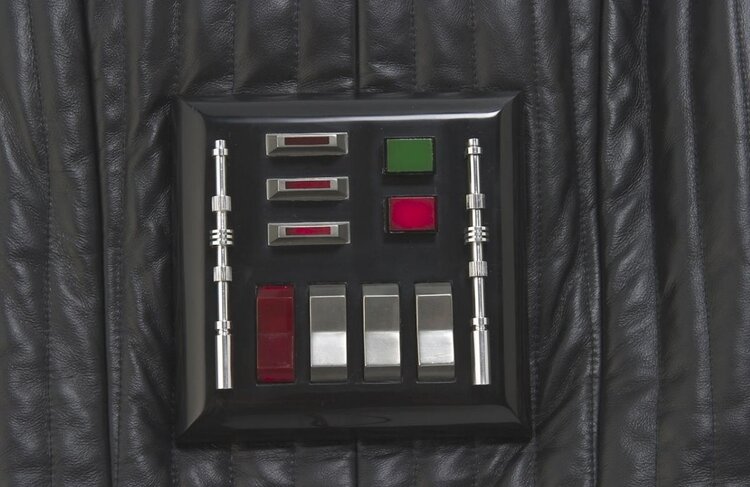
In the suit and body section of this video (at 3:00), we get a clear view of Vader’s electromagnetic belt and two system function boxes attached to it. Vader’s right function box is directly involved with controlling temperature, while the left adjusts the respiratory system to allow him to maneuver in “many hostile environments without any additional protection.”
From his neck downward, Vader also wore a padded body glove garment underneath his armor and directly on his body. As we previously explored in this article, the layers of durasteel and plastoid combined with the body glove garment to make Vader’s suit fireproof. Yet, it is not completely water or lightsaber proof.
Mechanical Arms and Legs
To replace his lost arm and legs from his duel with Obi-Wan, Vader relied on cybernetics. His prosthetic limb replacements “connected to organic tissue via a complex synth-net neural interface.” Like the rest of his suit, they were equipped to help him maneuver, but also with intentional torment to keep the Sith lord bonded to the dark side under Sidious.
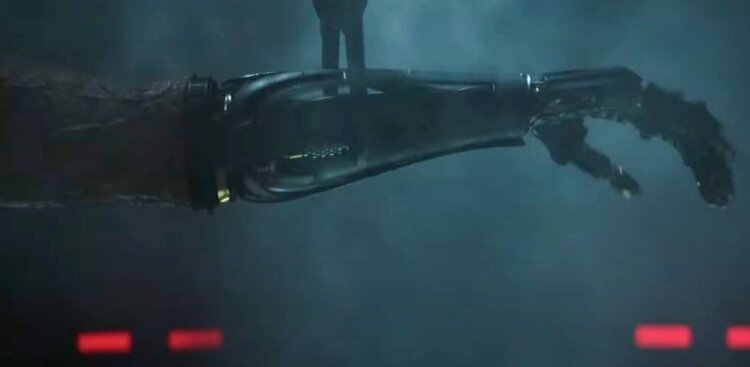
As for protection, his cybernetic limbs conjoined with his armor to enable survival and enhance physical abilities. His replacement arms and legs gave him extraordinary strength. Since Anakin had already lost his right arm to Count Dooku, now Vader had both arms enhanced with cybernetics for protection and empowerment.
As this list explains at # 3, Vader also had artificial cybernetic vertebrae to make his spine “structurally sound” to support his body and the suit. As a machine-human inside armor, Vader became a walking fortress.
Boots and Gloves
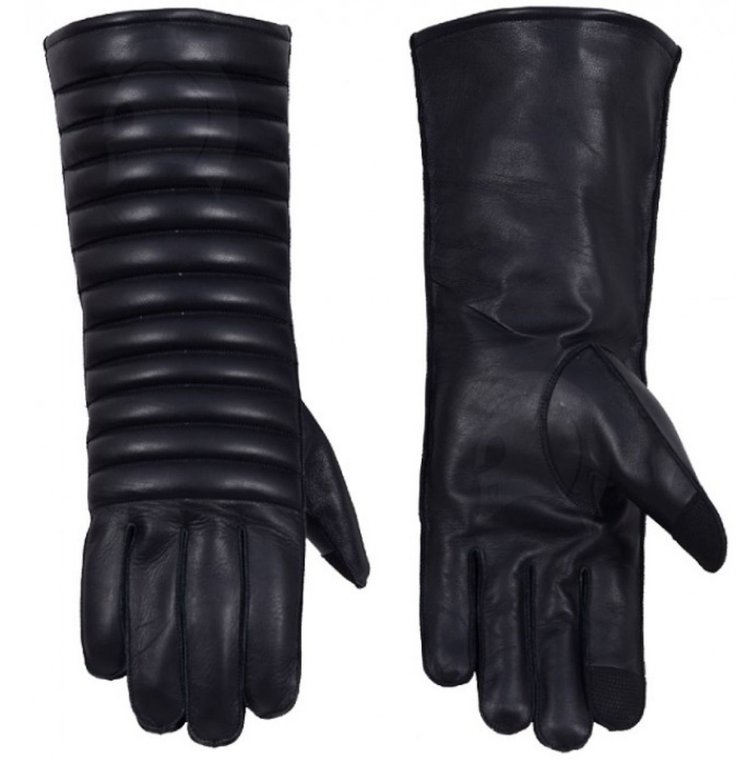
Vader’s magnetic boots are among the items this article highlights. Not only do these boots help Vader walk by attaching to his prosthetic legs, but they also contain “a ferromagnetic core” that can be voice-activated to create a magnetic field. In this scene from Rogue One, we witness Vader standing on the edge of space because of the power of these boots.
His gloves best demonstrated their protective abilities in The Empire Strikes Back when he effortlessly deflected Han’s blaster shots at him. Here we can rewatch Lando’s betrayal and see the utility of the reinforced gauntlets in action.
Interestingly, the right glove-gauntlet is known as a crushgaunt designed by the Mandalorians. It had “a reactive fabric that exponentially enhanced” Vader’s arm-to-hand strength. That’s the one Vader used to block Han’s blasts.
Vader’s Cape
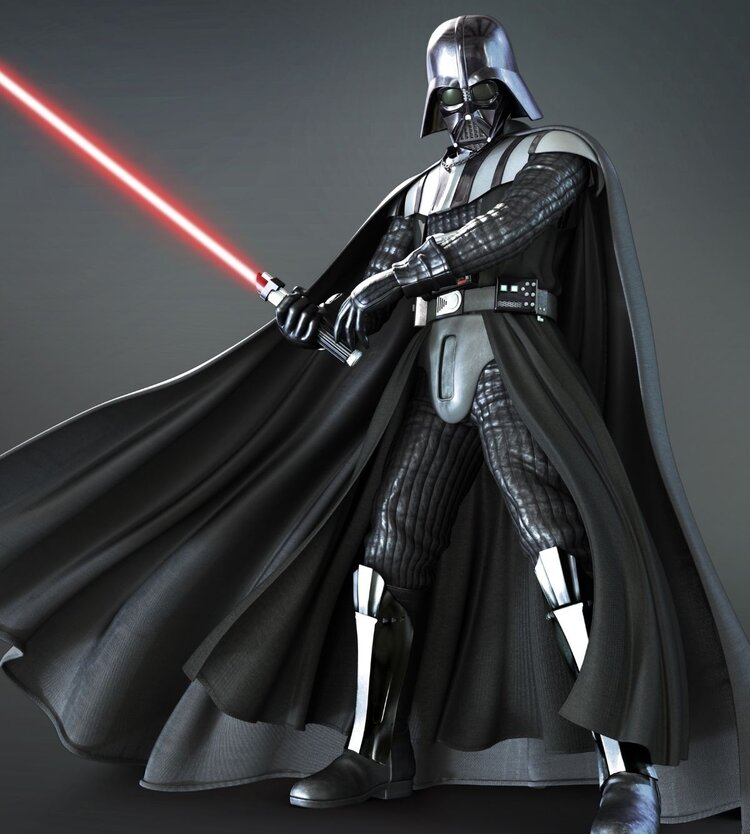
Last, but not least, Vader’s cape was made from armorweave, which could dissipate “blaster bolts” and offered some protection against lightsabers. This material is comparable to the Kevlar used in bulletproof vests.
Fans here attest to the cape’s utility by pointing out how it “hid from view his air filtration unit and heat regulation system” that were in his flat backpack. This cape likewise protected the backpack from damage or contamination.
Vader’s Armor
Through this breakdown of Vader’s armor, we can gain a better sense of its protective features. Although the suit was primarily designed to keep Vader alive and under control, it also offered many ways to protect him and enhance his powers. From the helmet to the cape, Vader was more formidable because of his armor.

